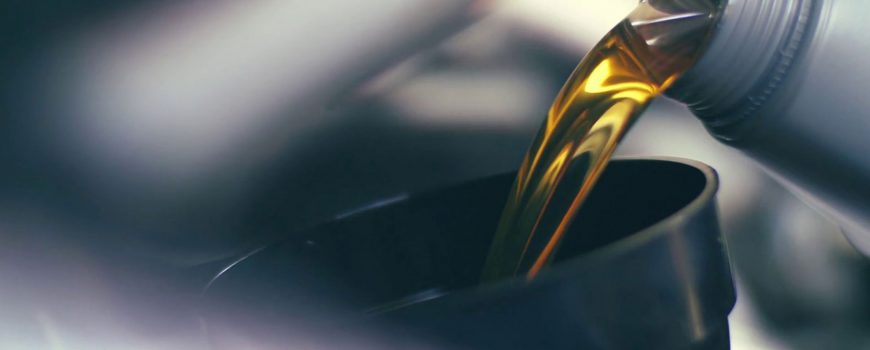Engine oil
Your car’s engine is like any other machine. With time and use, the engine suffers wear and tear. Metal parts suffer from friction as they rub together, and that friction generates heat and also leads to premature wear. Your car’s engine oil or lubricant helps keep the engine in good shape, and has four main functions:
- Reducing friction to improve engine performance and reduce fuel consumption
- Lowering engine temperature to keep the engine cool
- Protecting surfaces from corrosion and acid attacks
- Maintaining overall cleanliness by removing impurities that accumulate over time
Additives make up 30% of the lubricant’s composition, with base oil accounting for the other 70%. The anti-oxidation, anti-wear and detergent additives help keep the engine cool, corrosion-free and clean.
Why change engine oil?
The engine’s oil gets used up over time and, every once in a while, it needs to be replaced. Replacing the engine’s oil is crucial to maintaining high performance. It can therefore be one of the most important things you do to keep your car in good running condition. Your car’s condition and driving habits will determine how often you’ll need to change the oil. During an oil change, the old oil and oil filter is removed, and new oil and a new filter are put in. It sounds simple, but you’ll need to be well prepared.
Changing engine oil
There are different ways to change your oil. The most common way is by draining it using a special plug in the oil pan. However, it is often easier to change the oil by sucking it out with a pipe through the dipstick tube, which also prevents dirt and dust getting into the engine. Please note that this does leave a little quantity of oil behind in the oil pan, whereas draining the oil through the plug removes this residual oil.
Draining the oil through the plug takes more time than sucking it through the dipstick tube. To access the oil pan, some parts have to be removed. This makes the draining process even longer. However, it ensures that no oil is left behind in the pan.
It makes sense to change the oil filter at the same time as the engine oil to get rid of dust particles and residual oil. How often you need to change the oil filter also depends upon the condition of your car and your driving habits. We advise you only to use genuine parts that are approved by your car’s manufacturer. There are big differences in oil filter quality. Do not take any risk in using non-approved parts for your engine.
The oil filter is located directly on the engine block or nearby, in the engine compartment. It contains screw-in cartridges with cylindrical paper filters which are located in a special housing. To change the cartridges, the cover protecting them has to be removed. As changing the oil filter requires specialist knowledge and can be tricky, we suggest you contact your service station to get help or to let them carry out car oil and filter changes for you.
Here are a few things to keep in mind:
- Make sure you know how to change the oil yourself. If you’ve never done it before, we suggest you ask your service station to do the oil change or to train you.
- Before starting the oil change, make sure you have all the tools you need to open the drain screw and the oil filter tool. In modern cars there are electronic service indicators that also have to be reset.
- For a passenger car, you’ll need about three-to-seven liters of new oil. However, this could be as high as 10-12 liters for cars that have a dry oil sump where the oil is stored in a separate oil tank and pumped back into the engine when the engine is running.
